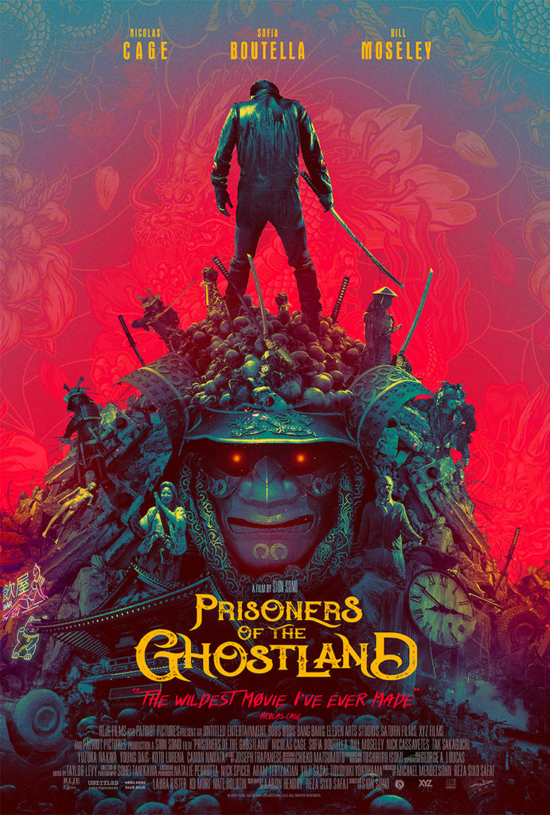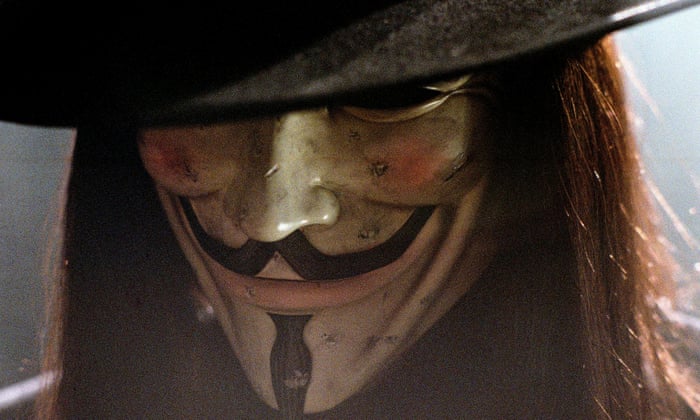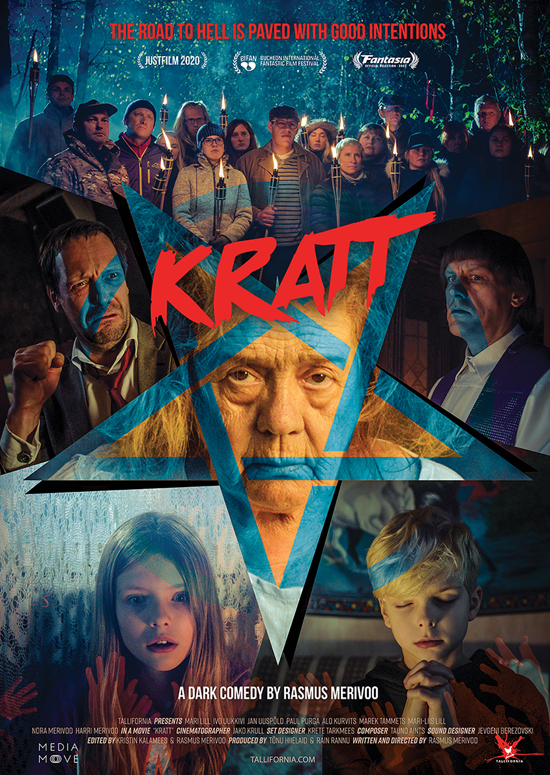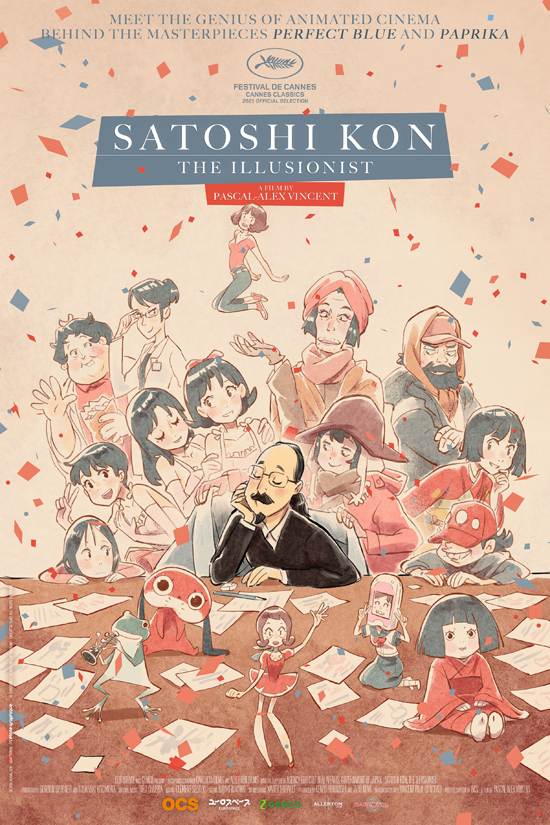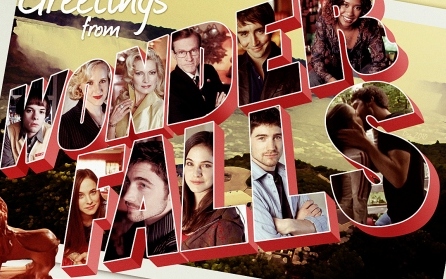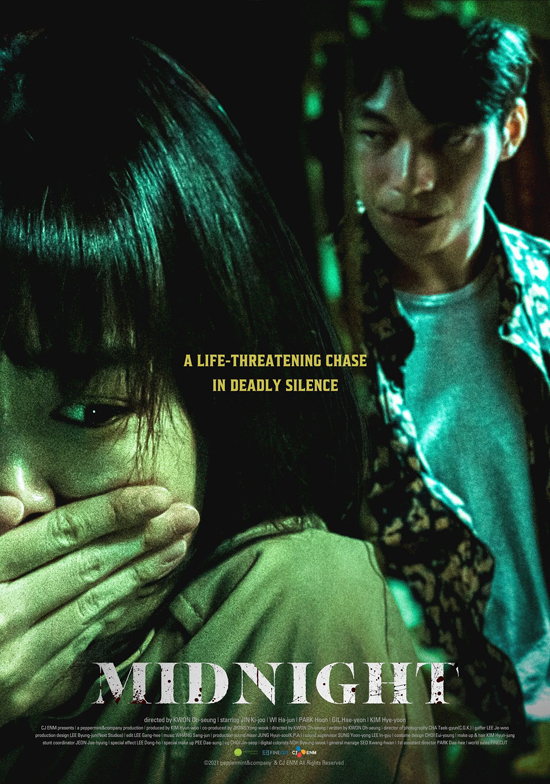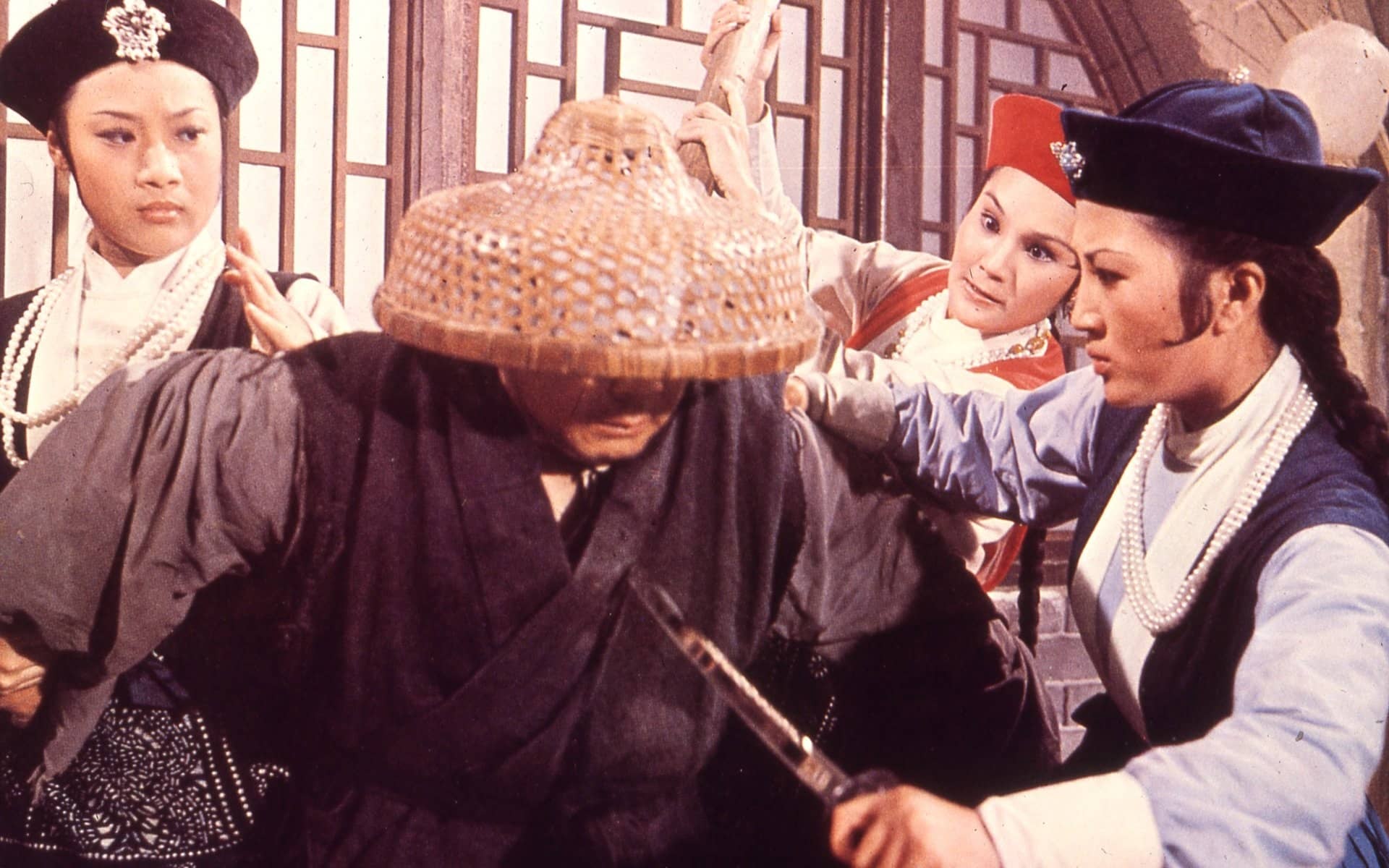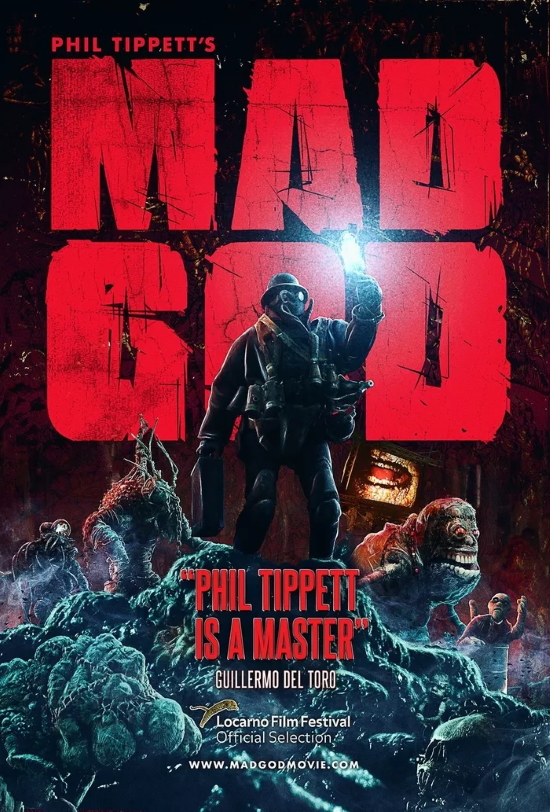Fantasia 2021, Part LXIII: On the 3rd Day
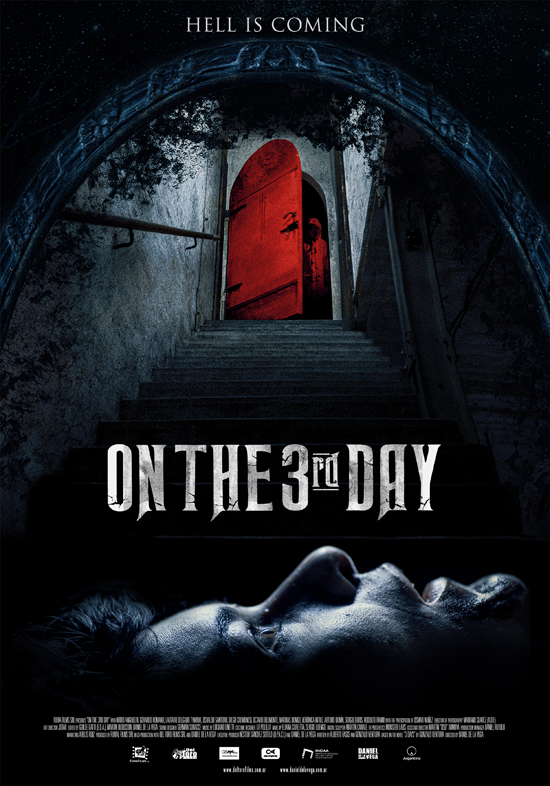 On the 3rd Day (Al Tercer Día) is an excellent horror film from Argentina, based on the novel 3 días by Gonzalo Ventura. The book was turned into a script by Ventura with Alberto Fasce, and the adaptation directed by Daniel de la Vega. It’s from the same production company that brought the world last year’s The Undertaker’s Home (AKA The Funeral Home), and there are some passing similarities: both are well-shot films that have fun playing with traditional horror elements, and indeed have all the zest of classic horror stories, while also making interesting structural choices and telling a good story in thoughtful ways.
On the 3rd Day (Al Tercer Día) is an excellent horror film from Argentina, based on the novel 3 días by Gonzalo Ventura. The book was turned into a script by Ventura with Alberto Fasce, and the adaptation directed by Daniel de la Vega. It’s from the same production company that brought the world last year’s The Undertaker’s Home (AKA The Funeral Home), and there are some passing similarities: both are well-shot films that have fun playing with traditional horror elements, and indeed have all the zest of classic horror stories, while also making interesting structural choices and telling a good story in thoughtful ways.
There’s a limit to how much one should describe the plot of On the 3rd Day; part of the fun of the film is in figuring out what’s happening at about the rate the main character does. That character is Cecilia (Mariana Anghileri), who abducts her son from her abusive husband one night and then ends up in a bad car accident involving a strange old man named Enrique (Gerardo Romano), who himself is carrying a curious cargo. Three days later Cecilia wakes up in an old house with no idea of what’s happened since the accident and no idea where her son is. We follow her as she wanders off to find out the secret of those missing days, and in a parallel track of story follow Enrique as he tries to solve some mysteries of his own connected with that night.
We soon get an idea of what kind of story Enrique thinks this is, one in which he’s a hero fighting terrible darkness. But is he right? Much of the early part of the movie revolves around the mania that appears to drive him, implicitly set against with the mystery that grips Cecilia. Enrique’s very certain about many things, perhaps too certain, while Cecilia’s part in the story is defined by her uncertainty. It makes for a good contrast, and the film’s incredibly effective at slowly revealing the truth of what’s going on — not just in measuring out how much to deliver when, but also how to exceed the promises it appears to make about the kind of movie we’re watching. What looks like a suspense film becomes utter horror, and one that goes all the way into a kind of dark romanticism, a gothic tone that nods to classics of German Expressionism.
